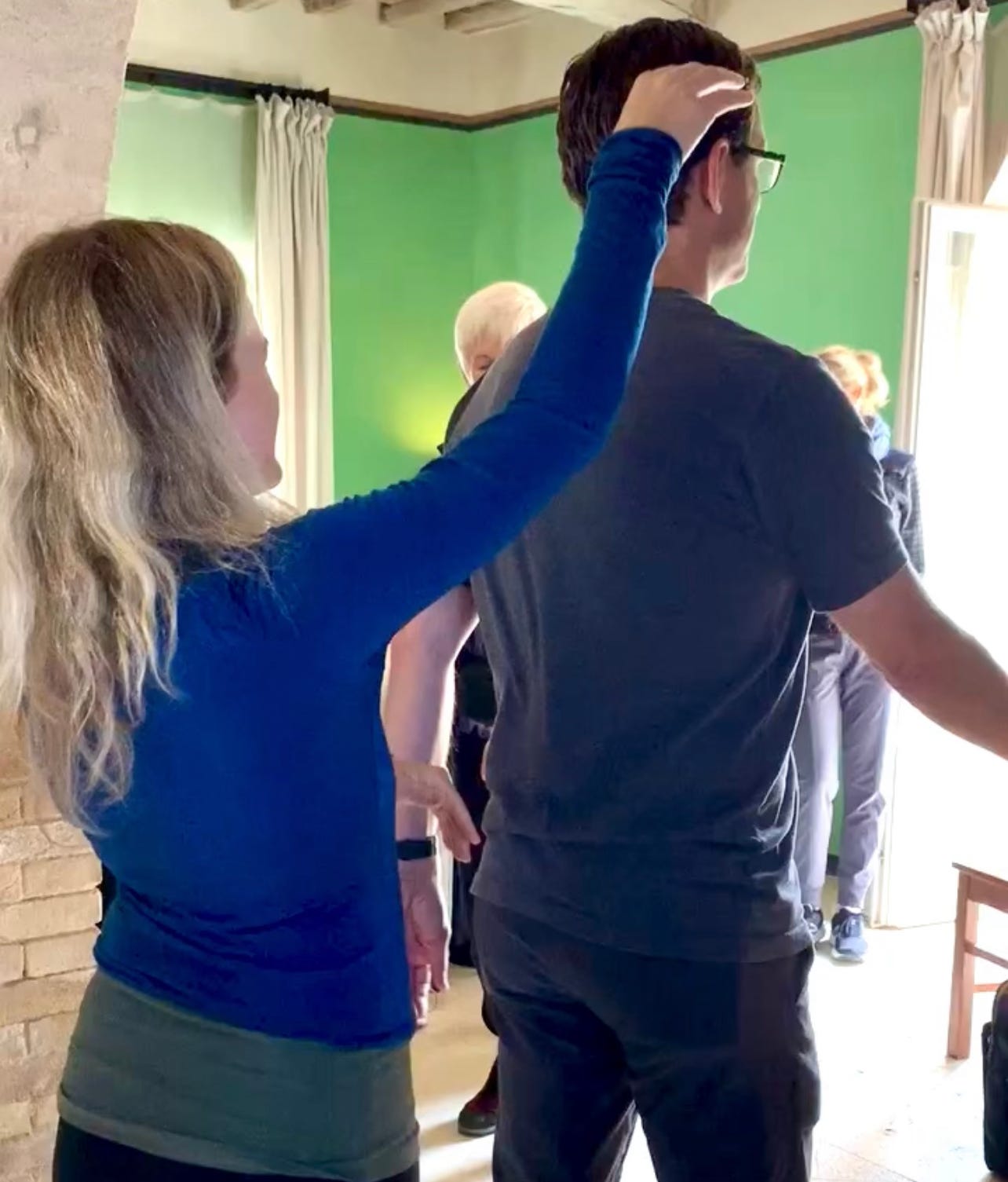Creating a Brain-Healthy Exercise Program that Sticks
How to get started + pro tips from my favorite fitness experts
Hello, everyone. I’ve really been enjoying hearing from all of you during this month's deep dive into dietary protein and exercise. As always, you are filling the comment section with such useful information. If you are new here, we’ve been delving into how to get enough protein in a brain-healthy diet, how to fight against anabolic resistance, and what a brain-healthy exercise routine looks like. We’ve covered a lot, so if you missed the last few posts, or just want to review, head to the bottom of this post for a recap.
Next, I’ve picked the brains of my favorite fitness experts to answer your questions about how to create an exercise program that is doable, enjoyable, and sustainable. And, I have some special offers to help you get started on your brain-healthiest exercise program.
How To Make Your Exercise Routine More Brain-Healthy
If you already have an exercise routine, take a look at it through the lens of brain health.
Are you hitting the recommended 150 minutes of cardio each week? (150 minutes is good, 300 minutes is better)
Are you doing enough strength and resistance exercises? (At least 20 minutes twice a week)
What about balance and flexibility? Optimally, you would build this into your daily movement.
Take notice of your mood before and after workouts. You may find that even 10 minutes of lifting weights or walking is a potent mood elevator, one of the proven benefits of exercise.
Are you combining physical and cognitive effort? See NeuroFit, below.
Exercise Snacks Are a Great Place to Begin

If you are just getting started or are extremely pressed for time, it helps to think in terms of “exercise snacks.” Let go of the expectation that you need to carve out a full hour to work out. Instead, think in 15-minute increments. This could be a brisk walk after breakfast, doing 3 exercises with resistance bands for 15 minutes in the afternoon, and a few yoga poses before bed. Move naturally throughout the day and be sure to take a 5 minute break for every 30 minutes of sitting. Just be sure to plan for a few days a week to include cardio workouts that meet WHO guidelines.
Work Out Your Brain, Too
Computerized brain games have been marketed as a way to build cognitive strength. Some show promise (I’ve used this one with my students), but studies are mixed as to whether these programs actually improve cognitive health. Besides, you may be frustrated that computerized brain training requires sitting in front of a screen.
You could try combining brain games with physical exercise, an exercise class my brain health retreat collaborator Stacy Fisher created called NeuroFit. This class combines cardio intervals and resistance exercises with challenging cognitive tasks. Counting backwards and thinking in a reverse order stretches different modalities of your memory than simple recall, and may build neural pathways that strengthen the brain. For example, try a few of these NeuroFit moves:
Count backwards from 100 by 7s while on an elliptical machine or a bike
Visualize where you are in the world and trace the countries, in order, to the north or the south while doing lunges or squats
Recall everything you did starting now and going backwards in time while doing intervals on a stationary bike
Working out is harder, it turns out, if you also engage the brain!
Your Brain-Healthy Exercise Questions, Answered
After the last newsletter about how much and what kind of exercise fends off Alzheimer’s, there were many questions. I reached out to a few of my favorite fitness people for their pro tips on getting started, sticking to it, and keeping it really fun.




